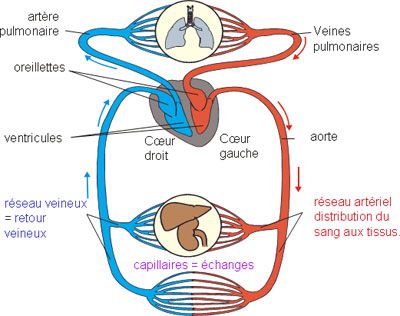-
 Beetroot
Beetroot
-
 Cecidium
Cecidium
-
 Blastomeres
Blastomeres
-
 Rate monitoring
Rate monitoring
-
 Axiom
Axiom
-
 Swollen lymph nodes
Swollen lymph nodes
-
 Prime number
Prime number
-
 Lithospheric
Lithospheric
-
 Chorea
Chorea
-
 FSC
FSC
-
 Terrestrial time
Terrestrial time
-
 Magnetometer
Magnetometer
-
 Alzheimer's disease
Alzheimer's disease
-
 Ethylene
Ethylene
-
 Decibel
Decibel
-
 H1 histamine antagonist
H1 histamine antagonist
-
 Saline aquifer
Saline aquifer
-
 Saffir-Simpson Scale
Saffir-Simpson Scale
-
 Back-arc basin
Back-arc basin
-
 Sento
Sento
-
 Anti-EGFR
Anti-EGFR
-
 Capstone
Capstone
-
 Spar
Spar
-
 Exudation
Exudation
-
 A-train
A-train
-
 Compton scattering
Compton scattering
-
 Phoresy
Phoresy
-
 Eruptive
Eruptive
-
 Front-end processor
Front-end processor
-
 Albumin
Albumin
Artery
An artery is a blood vessel.
Function of arteries
An artery is a blood vessel which transports blood from the heart to the organs, whereas veins transport blood from the organs to the heart.
While in general blood in arteries is more highly oxygenated than blood in veins, there are exceptions. The pulmonary artery leaves the heart to the lungs where the blood is loaded with oxygen. The pulmonary veins return the blood that has been freshly enriched with oxygen to the heart in order for it to be redistributed throughout the body.
Structure of arteries
Arteries are formed from three superimposed layers:
- the intima, an endothelium in contact with the blood;
- the media, formed from elastic tissues (muscle, elastin);
- and the adventitia, the fibrous rigid peripheral layer (collagen).
The further an artery is from the heart, the smaller is its calibre.
 An artery is a blood vessel in which the blood is expressed from the heart towards an organ. © donnersonsang.com
An artery is a blood vessel in which the blood is expressed from the heart towards an organ. © donnersonsang.com
Latest
Fill out my online form.



